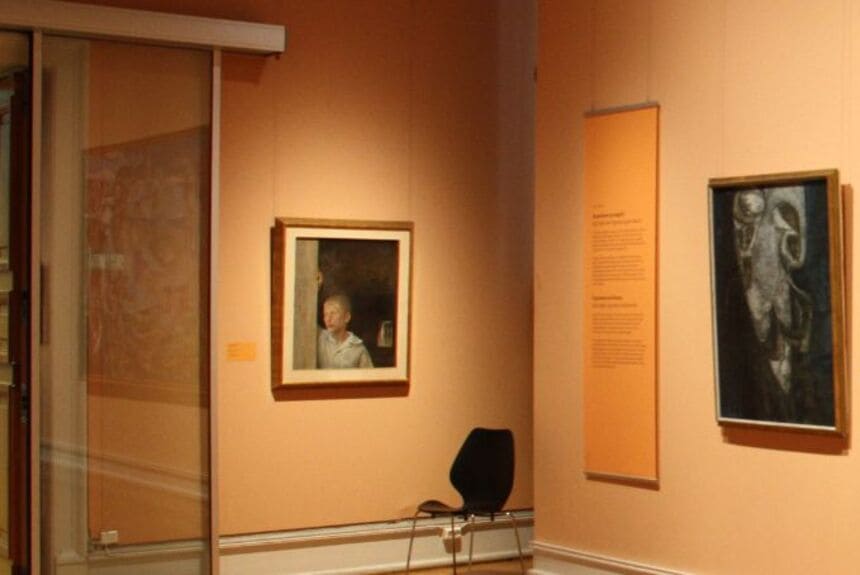Art has long been considered a quintessentially human expression, a product of our imagination and creativity. However, the emergence of artificial intelligence (AI) has challenged this notion by demonstrating its ability to create original artwork that can rival human-made masterpieces. In this article, we'll delve into the fascinating world of AI-generated art, exploring the techniques, processes, and implications behind this innovative form of creativity.
The Intersection of Art and Artificial Intelligence
Art and technology have always had a complex yet intriguing relationship. From the invention of the camera to the use of computer software in graphic design, technology has consistently influenced and transformed the art world. The integration of AI into the creative process represents the latest chapter in this evolving narrative.
Machine Learning and Generative Models
At the heart of AI-generated art are machine learning algorithms, specifically generative models. These models, often powered by deep neural networks, are trained on vast datasets of existing artworks, allowing them to learn the intricate patterns, styles, and techniques employed by human artists. This knowledge forms the basis for AI's creative output.
Style Transfer
One of the prominent techniques in AI-generated art is style transfer. This process involves taking a base image, such as a photograph or an existing artwork, and applying the stylistic characteristics of another artwork or artist onto it. For example, an AI algorithm can transform a photograph into a painting reminiscent of Vincent van Gogh's iconic "Starry Night."
Style transfer leverages convolutional neural networks (CNNs) to identify and replicate the brushwork, color palettes, and textures of the chosen style. The result is a fusion of the original image and the selected artistic style, creating a unique piece of art that is entirely AI-generated.
Neural Artistic Style
Another captivating approach is neural artistic style, which combines the creativity of AI with the guiding hand of a human artist. In this process, an artist provides a rough sketch or a simple outline, and AI algorithms transform it into a detailed and stylized artwork, mimicking the chosen artistic style.
This collaboration between human intuition and AI's technical prowess allows for the creation of stunning and innovative pieces that blend the essence of human creativity with the computational capabilities of AI.
The Ethical and Copyright Implications
As AI-generated art gains prominence, it raises significant ethical and copyright questions. Who owns the rights to AI-created artwork? Can AI truly be considered a creative entity, or is it merely replicating existing styles and patterns? These are complex issues that the art world is grappling with.
While AI can produce remarkable original pieces, it ultimately relies on the data it was trained on, which predominantly consists of works created by human artists. This raises concerns about plagiarism and copyright infringement. The legal and ethical framework surrounding AI-generated art is still evolving, and addressing these challenges will be essential as the field continues to advance.
AI's ability to create original artwork is a testament to the evolving synergy between technology and creativity. From style transfer to neural artistic style, AI-generated art is pushing the boundaries of what we once thought was possible. However, this newfound form of creativity also brings with it a host of ethical and legal considerations that demand thoughtful exploration. As AI continues to advance, it will undoubtedly play an increasingly significant role in the world of art, challenging our perceptions of what it means to be an artist and how we value the creative process.

